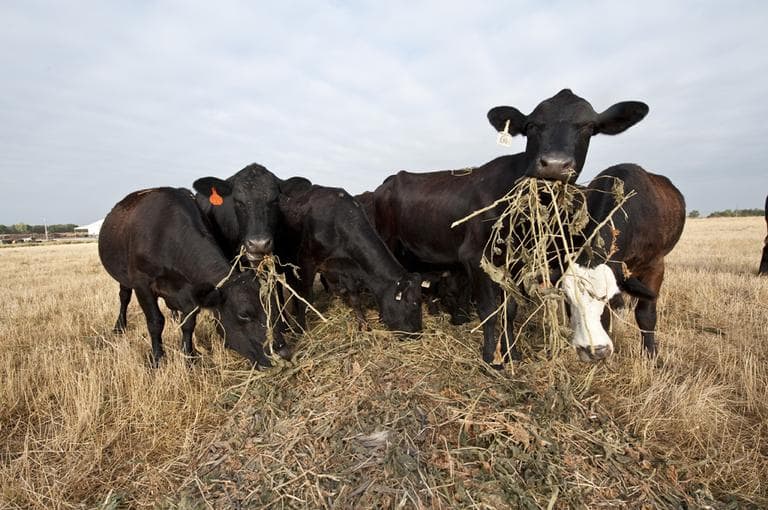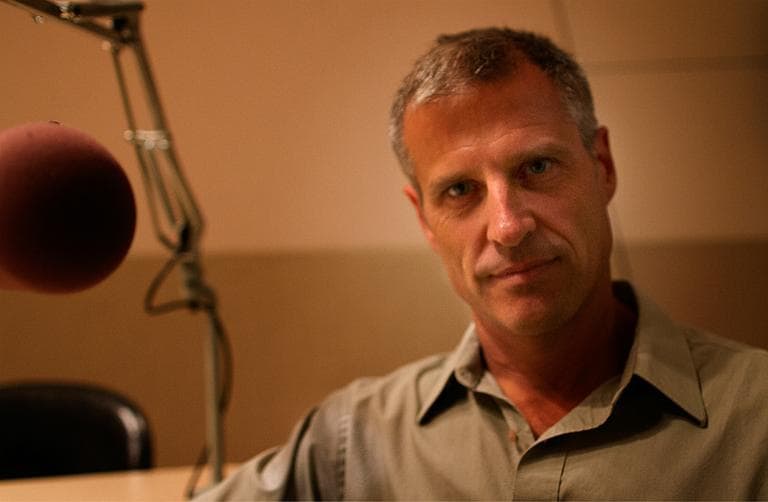Advertisement
What It Takes To Put Meat On Your Plate
Resume
Most of us eat meat and other animal products. In so doing, we are striking an uneasy moral bargain. We're accepting the idea that animals must suffer and die so that we can survive and thrive. And let's be clear: Animals are suffering because of our habit and appetite for meat.
That's not to say that every farm brutalizes animals, but certainly, even a casual observer of the news knows that stories of animal cruelty aren't rare. Factory farms, feedlots and slaughter houses engage in practices that would shock most people if they had a chance to witness them.
Cruelty issues aside, animal farming leaves a big messy footprint on the planet. In the U.S. alone, nearly 80 percent of our agricultural land and 70 percent of the grain we produce is used to feed more than nine billion farm animals slaughtered every year.

It takes about 4,000 gallons of water to produce one day’s supply of animal-based foods for the average American. That compares to just 300 gallons for plant-based foods.
With all that in mind, Farm Sanctuary was born. Since 1986, the organization has been rescuing mistreated animals while working to raise awareness about the effects of factory farming.
Guest:
- Gene Baur, president and co-founder of Farm Sanctuary; the author of the best-selling book, "Farm Sanctuary: Changing Hearts and Minds About Animals and Food."
This segment aired on September 27, 2012.